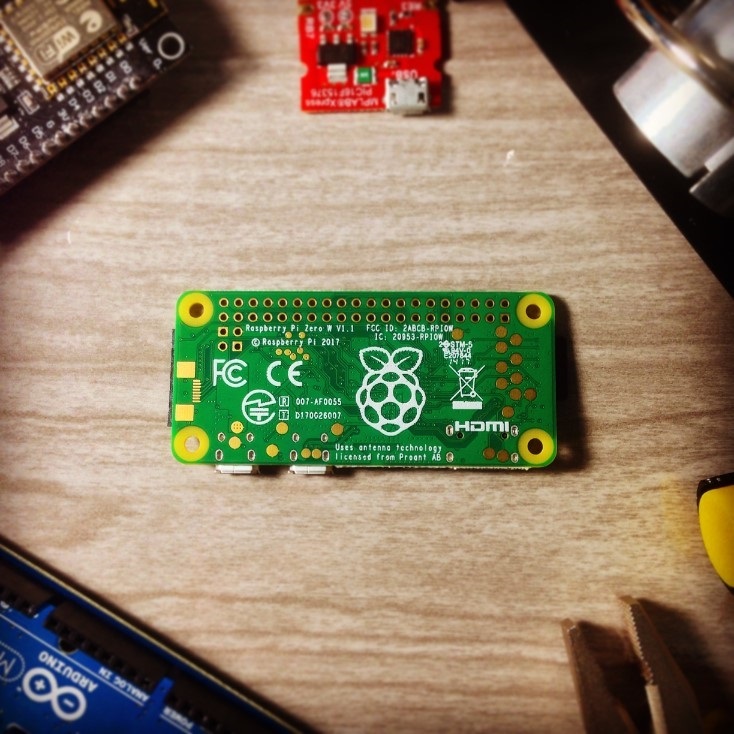

The first step for installing Home Assistant on Raspberry Pi will be downloading the appropriate Disk Image for Home Assistant for your Raspberry Pi from the Home Assistant page. Here we’re going to install Home Assistant on Raspberry Pi 4. It can be either installed on a laptop using a virtual machine or on a Raspberry Pi to act as an exclusive home automation device. There are different ways to install Home Assistant. Installing Home Assistant on Raspberry Pi Components Required for Installing Home Assistant on Raspberry Pi

The benefits of the home assistant are better security, speed, compatibility, reliability and of course, it is free to use. Home assistant can automatically find all the smart devices on your Wi-Fi network. It lets you set up schedules for individual smart devices and let the devices become as smart as they need to be. Home assistant allows products from hundreds of manufactures and protocols to integrate seamlessly with DIY projects and home-made solutions. This results in smoother service, reliability, and better security. It can be installed on Raspberry Pi or on your old computer as a local server.

It can be used as a hub to connect all your smart devices. Home Assistant is an open-source operating system for smart homes.

What is Home Assistant? How does it work? And how it is different from others? We’ll show you how to set up Home Assistant and how to add things and automate them. So, in this tutorial, we’re going to show you how to get started with Home Assistant on Raspberry Pi. There are many home automations platforms available that allow vital home functions to be controlled remotely from anywhere in the world. Home automation can include the scheduling and automatic operation of lighting, heating, cooling, window blinds, security systems, and other devices. With the Internet of Things taking over the lives, home automation is becoming more and more common.


 0 kommentar(er)
0 kommentar(er)
